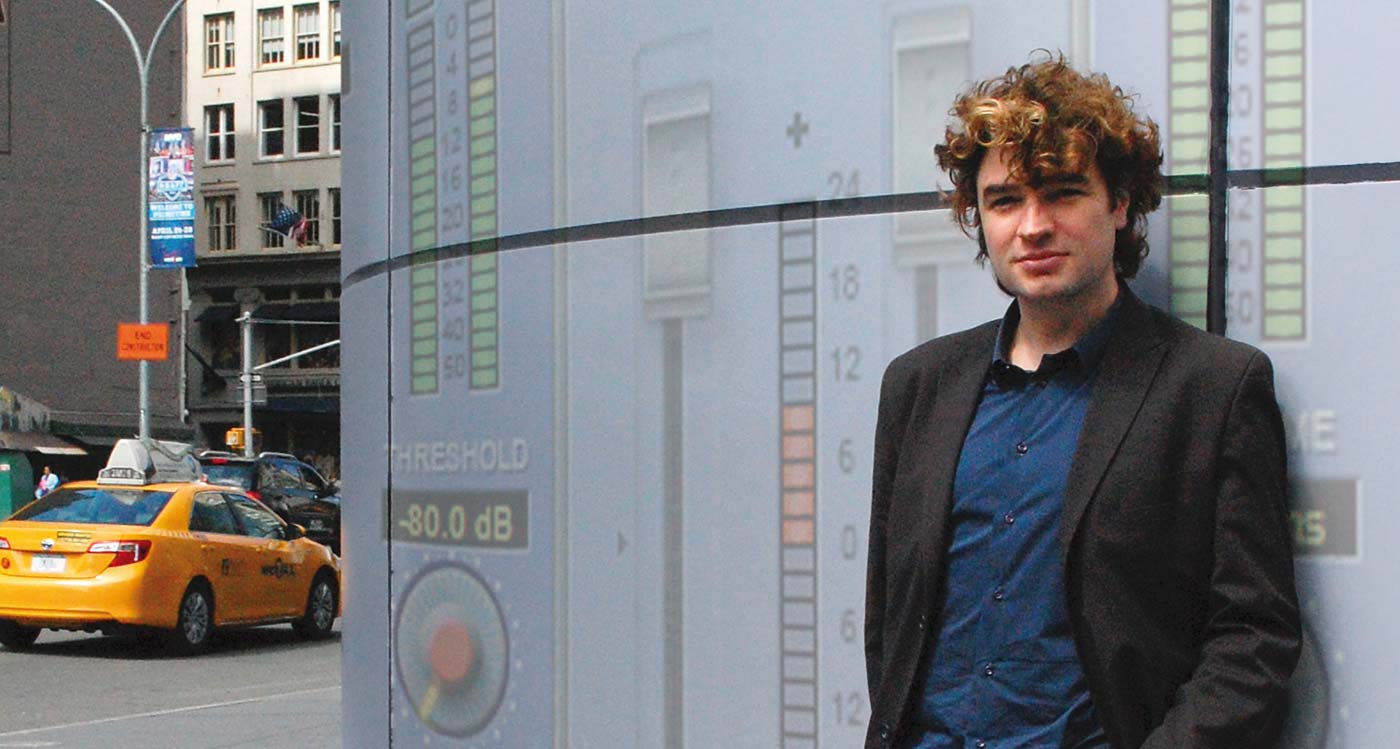Not All EQs Are Equal
In my ongoing quest to achieve the best sound in the fastest way, I’ve found that the Sonnox Oxford EQ consistently comes out on top in all my comparisons. Using the same EQ repeatedly helps build familiarity, uncovering new tricks and techniques to extract even more from it. The Oxford EQ stands out not just for its sound, but also for its functionality and layout. Let’s focus on some crucial aspects that often get overlooked in the heat of the mixing battle.

Rumble in the Basement
Who really takes the time to check the lowest frequencies in every recording? I know I don’t, and I probably should. Working in a basement studio in New York City, I often have the F train rumbling a block away. I can’t hear it, but my Soundelux 251 condenser mic sure can, and it’s not uncommon to find low-frequency rumble on my recordings.
Why does this matter if you can’t hear it? Well, those low rumbles add up. Compressors don’t discriminate—they compress 20 Hz as they would 200 Hz. It becomes a challenge for a compressor to work effectively on a vocal track when there’s unnecessary noise at 20 Hz confusing the sidechain and causing over-compression.
If you’re struggling to get your track to sound as punchy as your favorite mixes, start investigating the bottom end of your tracks. Trying to squeeze energy out of a mix cluttered with garbage in the 10-30 Hz range is like trying to win an uphill battle.
Filtering Tracks Smartly
The solution? Smart filtering. I almost always use a Sonnox Oxford EQ Filter or an Oxford 5-band + Filter plugin as the first insert on every acoustic track in my mixes. It’s the one automatic move I have. By default, I load up Oxford EQ filters on the first insert slot of my mixes. A well-filtered vocal track, for example, responds better to compression and further EQ.
I almost always use a Sonnox Oxford EQ Filter or an Oxford 5-band + Filter plugin as the first insert on every acoustic track in my mixes.
Low rumbles aren’t just caused by subways—air conditioners, control room leakage, computer fans, and even kids stomping on the floor above can contribute. The Oxford EQ filter, with its selectable curves, is ideal for shaping the low end of various instruments due to its transparent sound and precise control over exactly where and how much low end to cut.
Cut, Don’t Boost
Cleaning up a muddy low end by cutting rather than boosting high frequencies is a more natural-sounding approach. No matter how good your EQ is, boosting highs isn’t the first answer. I always start by removing what I don’t like from a signal instead of boosting what’s missing. It’s amazing how much difference a high-passed vocal track can make once the mud around 180 Hz and 320 Hz is removed. The missing high-end often magically appears. Yet, our instinct is usually to reach for the 10 kHz band when we hear a muffled track—an approach that might sound good in solo but rarely fits well in the full mix.
It’s All About Carving
For this purpose, I typically use the Type 2 curve on the Oxford EQ, which is the narrowest cut curve. It allows for surgical precision without compromising the integrity of the signal. My go-to starting point for vocals is an Oxford 5-band + filter set to Type 2:
- Filter: Set to 36dB/octave at around 100 Hz to clean up low rumble.
- Low Band: Shelving around 400 Hz to manage proximity effect on close-miked tracks.
- Low Mids: Set around 160 Hz to handle the muddiness I often find troublesome.
- Mid Band: Positioned at 480 Hz to address ‘nose’ issues in vocals.
- Hi-Mid: Fixed at 2.8 kHz to tame the screechiness of harsh digital recordings.
- Highs: Shelving at 10 kHz to balance out the common overuse of 10 kHz boosts in preamps.
These are just starting points—frequencies will change depending on the song’s key, the singer, the microphone, the overall desired tone, and other variables.
Your best friends are your ears and the bypass button. Always compare the EQ’d track with the original in the context of the mix, ensuring level matching, to confirm you’re truly enhancing the sound and not degrading it.
